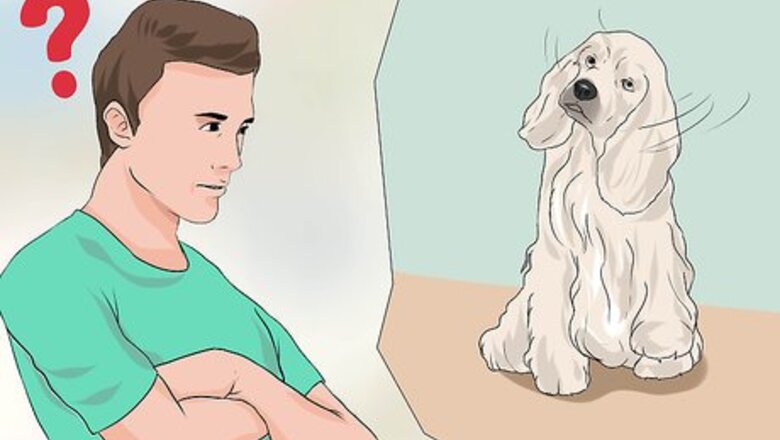
views
Identifying an Ear Infection in Your Cocker Spaniel
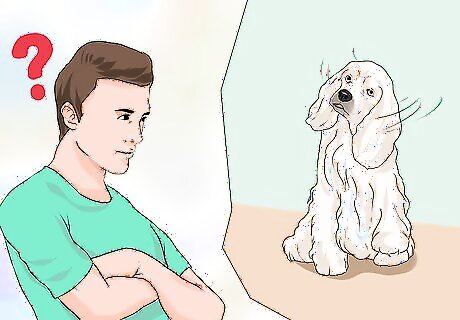
Watch how your cocker spaniel behaves. Your cocker spaniel's discomfort with his ears will be obvious. For example, he will shake his head, scratch his ears, and be sensitive to touch on his head or around his ears. In addition, he may rub his ear against a piece of furniture. If his discomfort his severe, you may hear him cry out when he scratches his ears. Excessive head shaking can create a large blood clot in the ear, called an aural hematoma.
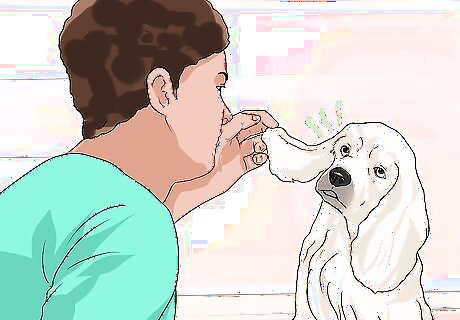
Smell your cocker spaniel's ears. Ear infections typically produce a strong, foul odor. If your cocker spaniel will let you touch his ears, lift the flap of one ear and sniff inside the ear. It won't take long for an unpleasant smell to reach your nose. An ear infected with the bacteria Pseudomonas will have a swamp/pond water smell.
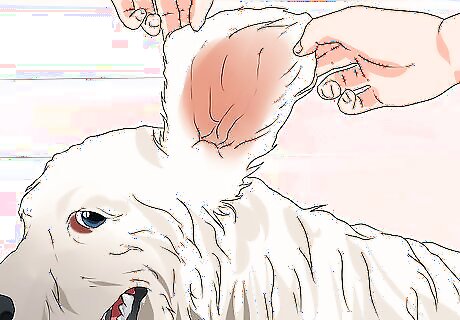
Look inside your cocker spaniel's ears. If your cocker spaniel will let you, look inside his ears. The ears will look red and inflamed. You may also see scaly skin. If your cocker spaniel's ears contain mites, you wouldn't be able to see them because they are so small. However, you would be able to see evidence of their irritation: dark, coffee ground-like bumps.
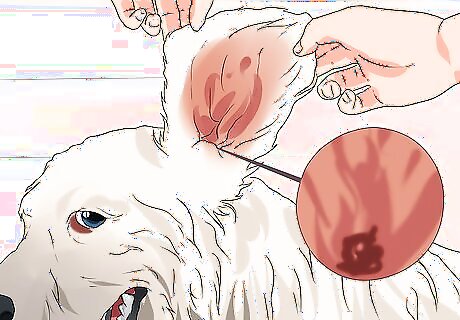
Examine the discharge coming from your cocker spaniel's ears. Depending on the ear infection's cause (bacteria, yeast, ear mites), you may see discharge exiting the ears. The discharge will be one of a few colors, such as yellow or brown, and have a certain consistency. For example, discharge will be brown and crumbly with ear mites; Pseudomonas will produce a yellow/green pus. The discharge may also be waxy or contain blood.
Seeking Veterinary Care for an Ear Infection
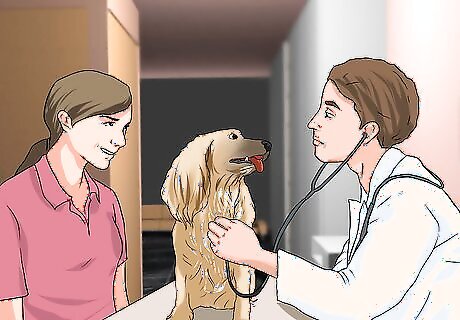
Have your vet examine your cocker spaniel. Do not delay in getting your cocker spaniel to your vet—untreated ear infections can spread from the outer ear (what you can see) to the middle and inner ear (what you can't see), becoming much more difficult to treat. Your vet will examine the ears to determine the ear infection's cause and assess how much pain and discomfort your cocker spaniel is experiencing. To diagnose the ear infection, your vet will use an otoscope to look in the ears, gently touch and manipulate the ears, and take samples to analyze under the microscope. If your cocker spaniel's ears are extremely painful, or the ear canal is very narrow, your vet will need to sedate your cocker spaniel to examine his ears. Other health conditions, such as food allergies, can lead to ear infections by causing excessive ear scratching. If your cocker spaniel has chronic ear infections, your vet may recommend doing a food trial to identify the allergy-causing ingredient.
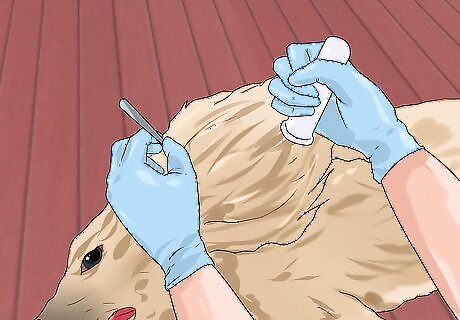
Allow your vet to clean and treat your cocker spaniel's ears. In general, treating ear infections involves cleaning the ears and treating them with topical (i.e., ear drops) or oral medications. Your vet will do the first ear cleaning and treatment, and then give you instructions to treat your cocker spaniel's ears at home. Depending on the severity of the infection, your vet may need to anesthetize your cocker spaniel to clean and treat his ears. Your vet may advise you to use only the prescribed medication at home, without cleaning the ears, until your follow-up appointment. Dog owners can sometimes be too aggressive with ear cleaning, so you would not want to further damage your cocker spaniel's ears with improper cleaning.
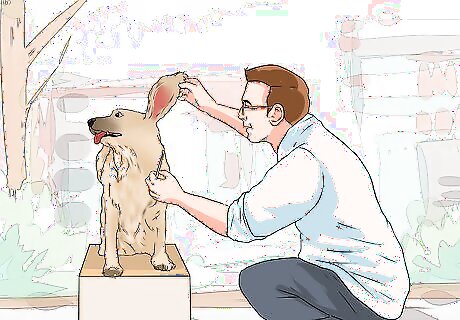
Treat your cocker spaniel's ears at home. Your vet will prescribe specific medications, such as antibiotics and antifungals, according to what is causing your cocker spaniel's ear infection. Medications that reduce pain and inflammation, such as steroids, are also useful for treating ear infections. Antibiotics and antifungals can be given by mouth or as ear drops. Oral administration is recommended when the ear infection is chronic or has spread to the middle of the ear. If your cocker spaniel has ear mites, your vet will prescribe a medication to kill the mites. Many flea preventatives are effective at killing mites. Your vet will explain how to give each medication.
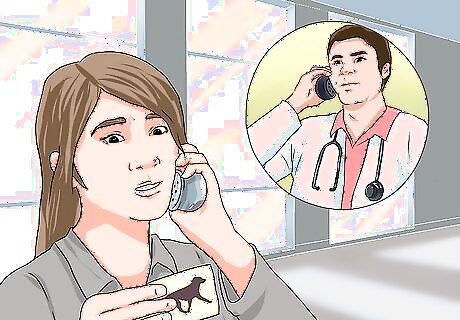
Schedule a follow-up appointment with your vet. After the initial ear cleaning and treatment, your vet will want to see your cocker spaniel again in about 5 to 7 days. This will allow your vet to reassess your cocker spaniel's ears. If the ears are looking better, your vet may advise you to continue with the current treatment plan and monitor the ears. If the ear infection goes away and then comes back, your vet may have to do more extensive diagnostic testing to determine the cause of the chronic ear infection.
Learning Helpful Treatment Tips
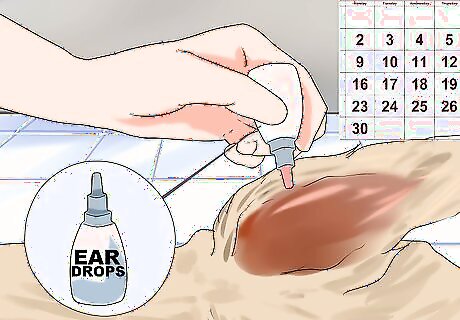
Follow treatment instructions exactly. To successfully treat your cocker spaniel's ear infection, you must administer the medications exactly as prescribed. For example, treat the ears for the full treatment course—do not stop treating the ears when they start looking better! If you stop the medication early, you may not completely kill the microorganism causing the infection, making reinfection more likely. If you are giving ear drops, use only the prescribed number of drops. Do not forget or skip any treatment doses. A missed or skipped dose could increase the likelihood of reinfection.
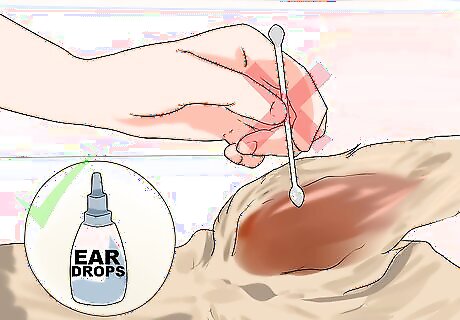
Clean your cocker spaniel's ears properly. Cleaning your cocker spaniel's ears is essential to treating—and preventing—ear infections. To clean his ears, you will need a high-quality ear cleaning solution (available at your local pet store), and cotton balls or cotton gauze (available at your local pharmacy). Do not use a cotton swab—it will push debris down further in the ear and possibly damage the eardrum. Lift the flap of one ear and squirt some ear cleaning solution in the ear, according to the label instructions. Gently massage the base of the ear for about 20 to 30 seconds, then wipe the ear dry with some cotton balls or gauze. Repeat with the other ear. Your cocker spaniel will probably want to shake his head after you put the solution in his ear. Let him do so. Make sure the tip of the bottle does not touch your cocker spaniel's ears. Whatever is in his ears could contaminate the solution. Clean the ears 30 minutes before giving the medicated ear drops. Do not clean his ears too frequently (once or twice a week may be adequate). Overly frequent ear cleanings can cause ear infections.
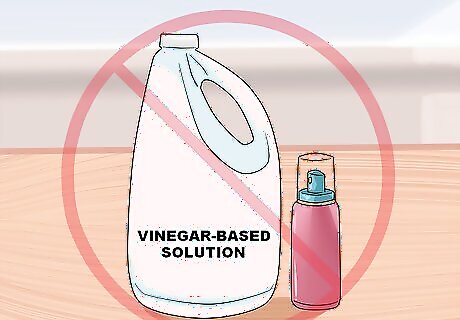
Do not use irritating or homemade ear cleaning products. You may have heard about home remedies for cleaning a dog's ears, particularly homemade products containing vinegar. Do not use them! Home remedies and vinegar-based ear cleaning products can irritate the skin in your cocker spaniel's ears, causing swelling and an increase in secretions than can lead to infection.














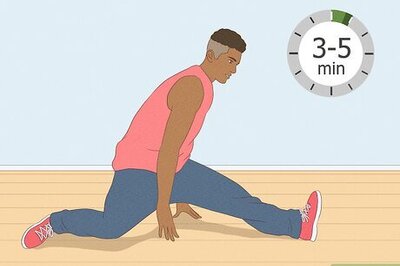



Comments
0 comment